




Impact of Alignment Point Distance and Posture on SPAAM Calibration of Optical See-Through Head-Mounted Displays
Kenneth Moser, Mohammed Safayet Arefin, and J. Edward Swan.
Impact of alignment point distance and posture on spaam calibration of optical see-through head-mounted displays.
In Proceedings of the IEEE International Symposium for Mixed and Augmented Reality 2018 (To appear). 2018.
[BibTeX▼]
Abstract
The use of Optical See-Through (OST) technology for presenting Augmented Reality (AR) experiences is becoming more common. However, OST-AR displays require a calibration procedure, in order to determine the location of the user's eyes. Currently, the predominantly cited manual calibration technique is the Single Point Active Alignment Method (SPAAM). However, with the SPAAM technique, there remains uncertainty about the causes of poor calibration results. This paper reports an experiment which examined the influence of two factors on SPAAM accuracy and precision: alignment point distribution, and user posture. Alignment point distribution is examined at user-centered reaching distances, 0.15 to 0.3 meters, as well as environment-centered room-scale distances, 0.5 to 2.0 meters. User posture likely contributes to misalignment error, and is examined at the levels of sitting and standing. In addition, a control condition replaces the user with a rigidly-mounted camera, and mounts the OST display on a precisely-adjustable tripod. The experiment finds that user-centric distributions are more accurate than environment-centric distributions, and, somewhat surprisingly, that the user's posture has no effect. The control condition replicates these findings. The implication is that alignment point distribution is the predominant mode for induction of calibration error for SPAAM calibration procedures.

















